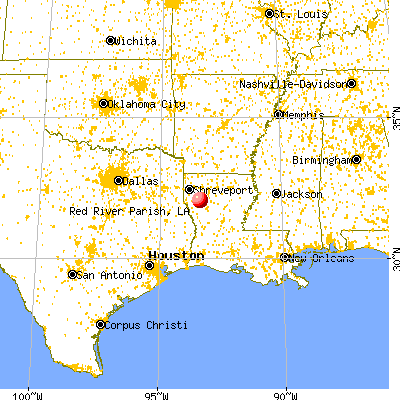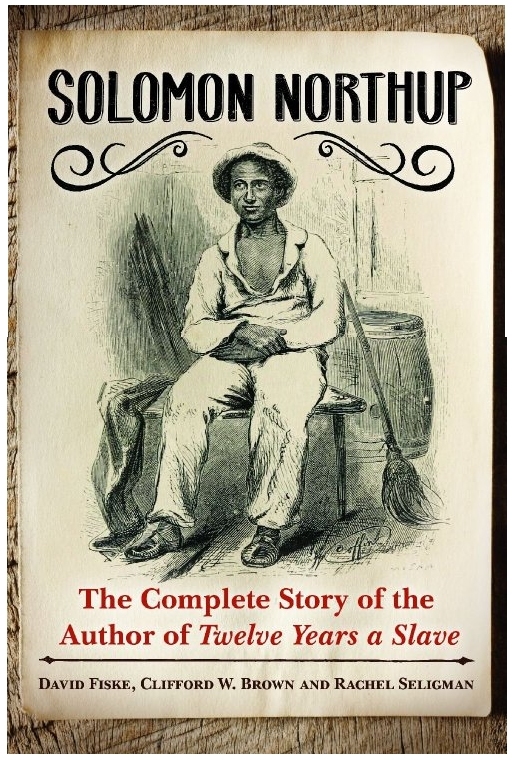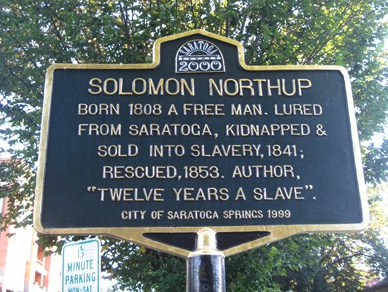
From Union College, "Twelve years a slave: Union professor co-authors new book on Solomon Northup," by Phillip Wajda, on 7 October 2013 -- n 1998, Clifford Brown was introduced to the story of Solomon Northup through Rachel Seligman. A friend had given Seligman a copy of Northup’s powerful memoir, Twelve Years a Slave.
The simple yet moving narrative, first published in 1853, is a compelling account of Northup’s life as free black man in Upstate New York who was kidnapped into slavery in Louisiana, rescued and returned to his wife and three children a dozen years later.
Then director of Union’s Mandeville Gallery, Seligman believed the story contained enough material for an exhibit and quickly convinced Brown, chair of the gallery committee.
“I read the book and found it utterly fascinating,” said Brown, the Robert Porter Patterson Professor of Government. “I couldn’t put it down. It’s a glimpse into life at that time, not only slavery, but also life as a free black man in the north. And it has such a ring of authenticity. He is just telling us what happened, mostly without a lot of flowery this and flowery that.”
With the help of some students, Brown spent months researching Northup’s life for Seligman’s exhibit. He traveled to Louisiana, Washington, D.C., and other places, collecting artifacts, documents and photos that authenticated Northup’s harrowing tale. The exhibit, which opened in January 1999, attracted thousands of visitors and renewed interest in Northup’s life.
Joined by David Fiske, a former senior librarian at the New York State Library, Brown and Seligman (now an assistant curator with the Tang Teaching Museum at Skidmore College) have teamed up again, for a new book, Solomon Northup: The Complete Story of the Author of Twelve Years a Slave.
The book coincides with an upcoming movie about Northup, “12 Years a Slave,” that has generated considerable buzz from film critics and audiences in pre-screenings. Written by John Ridley and directed by Steve McQueen, the film won the People’s Choice Award at last month’s Toronto International Film Festival.
Exhaustively researched, the book provides a fascinating look into Northup’s life, from his upbringing as the son of a former slave turned farmer, to his experiences after his rescue. Intended as a supplement to Northup’s memoir, which barely touched on his early life and what happened to him after the rescue, the biography delves deeper into all aspects, giving readers a wealth of new information.
“The book is a serious contribution because it’s the first,” said Brown, who continued to research and write about Northup for years after the exhibit.“There really is no other biography of Solomon Northup. Secondly, there is an enormous amount of archival research here culled from many different kinds of archives.”
One example is the reconstruction of the kidnapping. Using city directories, maps and other documents, the authors were able to provide a detailed account of how Northup, an accomplished violinist, was lured from near his home in Saratoga to New York by two men who promised him work as a performer for a few days. From there, he was persuaded to accompany the men to Washington, D.C, where his drink was drugged at a tavern frequented by slave traders. He was shuttled off to a notorious slave pen and subjected to beatings for two weeks. He was eventually shipped to Louisiana and sold to plantation owners, enduring harsh and brutal conditions for the next 11 years, eight months and 26 days.

Saratoga Springs, NY Map
A chapter in the book, “Survival,” is particularly poignant, detailing the daily whippings and psychological abuse Northup and the other slaves faced during this period. Focusing on the physical, intellectual and emotional resources that Northup summoned to cope with his seemingly hopeless situation, the chapter is the turning point of the book.
Physically fit and with a sharp mind, Northup survived, the authors write, “because he had a will to survive. He didn’t let the system overwhelm him. He didn’t lose his own identity, despite four changes in his name. He never forgot who he was and that he had a home in the north. His recurrent thoughts about home could come at moments of despair, but the existence of a home offered hope of rescue to counterbalance that despair.”
Northup’s rescue was an “extraordinary achievement,” Brown notes, and the book provides rich details of the sympathetic white man and others who worked to free Northup. After the rescue, which attracted national attention, Northup spent his time with speaking engagements, wrote his book (collaborating with a local writer and attorney, David Wilson, Union Class of 1840) and even produced two plays.

Red River Parish, Louisiana Map
Drawing primarily on court documents, another chapter deals with the two kidnappers and their trial, at which Northup was accused of conspiring with them in order to make money. The authors make a strong case for the kidnappers’ guilt and scuttle any claims that Northup was involved in his own abduction.
“Since the kidnappers were never convicted, we felt we had to nail this down,” Brown said. “I don’t think it’s much in dispute that they were the kidnappers.”
Eventually, Northup’s fame faded, his speaking engagements dried up and his theatrical ventures dwindled, leaving him financially distressed. After the mid-1860s, he virtually disappeared, leaving no known trace of “how long he lived, where he died, or where he is buried.”
The authors present strong evidence that he may have gone to work on the Underground Railroad, helping other fugitive slaves escape what he experienced. Others suggested he may have been kidnapped again or that he went to England or to live with any of his grown children. Despite valiant efforts to determine how Northup spent his final years, “the mystery of his fate remains unsolved.”

The book has drawn praise from noted historian Henry Louis Gates Jr. of Harvard, a consultant to the movie and editor of a recent edition of Twelve Years a Slave, who called it an “indispensable source” and the “best current biography available. The facts they have uncovered are invaluable.”
Brown credited his co-authors, Seligman and Fiske, for their many contributions to the book, which came together in less than a year. He hopes readers develop a greater appreciation for Northup’s story.
“You should get a real sense of what a slave experience was and how difficult it was to rescue him,” Brown said.“But you also learn about his life before slavery and what he did after he returned to his life as a free man. It’s as intense an investigation of his life as is possible at this time. And yet, the story isn’t finished.” (source: Union College; - See more at: http://union.edu/news/stories/2013/10/twelve-years-a-slave-union-professor-co-authors-new-book-on-solomon-northup.php#sthash.5bLacYMs.dpuf)



No comments:
Post a Comment